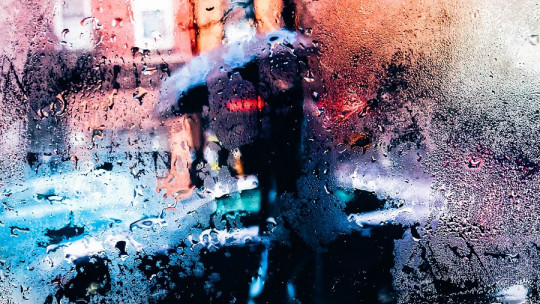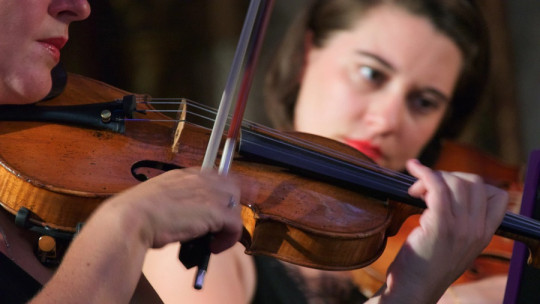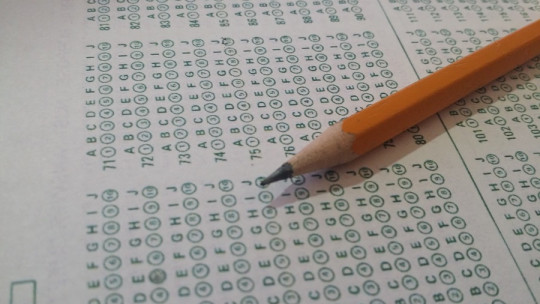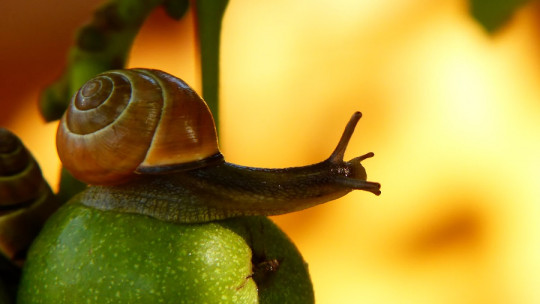Pluviophobia, also known as ombrophobia , is the persistent and intense fear of rain and events related to it (thunder, lightning, etc.). This is a specific phobia of an environmental stimulus, which can be caused by various factors.
In this article we will see what pluviophobia is, what are some of its main characteristics and what strategies can be used to treat it.
Pluviophobia: persistent fear of rain
The word pluviophobia is composed of the adjective “pluvial”, which means “relating to rain” (comes from the Latin “pluvialis”), and the word “phobia”, which comes from the Greek “phobos” and means fear.
Thus, pluviophobia is the persistent and intense fear of rain and its related elements. This is a fear that can occur during childhood although it can also occur in adolescence and adulthood.
But this is not the only term used to describe the persistent fear of rain. One of the synonyms of “pluviophobia” is the term “ombrophobia”, which mixes the Greek “ombro” (means “rain”), and the word “phobos”.
This last term has had other derivations. For example, there is a species of plants that cannot withstand much exposure to rain, which is why they have been called “ombrophobes.” On the other hand, there is a wide variety of vegetation that is called “ombrophyla”, due to its high resistance to rain.
General characteristics of this disorder
While the characteristic fear of pluviophobia is caused by an environmental element (rain), this It can be considered a type of specific phobia of the natural environment The estimated age for the development of this type of phobia is around 23 years, and the one that occurs most frequently is the fear of heights.
The stimulus that is perceived as harmful, in this case rain, can generate expectations of conscious or non-conscious dangers. That is, people can respond with anxiety to the stimulus even when it is manifested only indirectly. Likewise, when it occurs in adults, they can recognize that the stimulus does not in itself represent an imminent danger; On the contrary, when it occurs in children, this awareness is generally absent.
Rain, for its part, is an atmospheric phenomenon that results from the condensation of water vapor located in the clouds. But is rain a really harmful event? Why can it represent a danger to some people and not to others? What degree of discomfort can it cause? We will see some answers later.
Symptoms
In general, the fear associated with phobias is triggered by exposure to a stimulus that is perceived as harmful. This fear triggers an immediate anxiety response which implies signs and symptoms such as tachycardia, hyperventilation, decreased gastrointestinal activity, increased blood pressure, palpitations, among others.
All of the above occurs as a consequence of the activation of the autonomic nervous system, which is stimulated in risky situations. On the other hand, the anxiety response can manifest itself through disgust or repulsion, cardiovascular slowing, dry mouth, nausea, dizziness and decreased body temperature. The latter occurs when the specific part of the autonomic nervous system, known as the “parasympathetic nervous system,” is activated.
It should be noted that the intensity with which these manifestations occur depends largely on the degree of exposure to the stimulus that is perceived as harmful. That is, the intensity of the response varies depending on whether the person is observing the rain from home, or if they need to be directly exposed to a storm.
Likewise, the intensity of the response can vary depending on the particular characteristics of the noxious stimulus and related associations, and the possibilities of escape that may present (for example, it may vary if it is a light rain or a thunderstorm).
Additionally, a specific phobia can cause secondary behaviors that significantly impact the person’s quality of life, but usually provide momentary relief. For example, avoidance of any situation related to the harmful stimulus. Likewise, it can cause hypervigilance towards these situations or the appearance of defensive behaviors.
Possible causes
According to Bados (2005), specific phobias can develop in people who do not have a predisposing condition, but who have some previous negative experience (direct or indirect), which generate intense alert reactions. In the specific case of pluviophobia, fear can be justified by previous experiences related to storms, architectural collapses, floods and other natural disasters.
Therefore, specific phobias are produced by an interaction of these experiences with other conditions such as the biological, psychological and social vulnerability of the person. That is to say, involves both neurobiological susceptibility and coping skills and social support of the person.
Furthermore, depending on the particular characteristics of the aforementioned interaction, the person may learn to respond with disproportionate fear to stimuli that he or she has associated with a danger or risk.
Treatment
Given all of the above, the treatment of this phobia can begin by evaluating both the degree of anxiety caused by the stimulus, as well as the associated negative experiences and the types of vulnerability of each person.
The treatments that have been most researched and used to eradicate phobias are live exposure to feared situations, the participant model, imaginal exposure , systematic desensitization and reprocessing through eye movements. Each of these interventions can have effective results depending on the particular characteristics of the phobia being treated.









